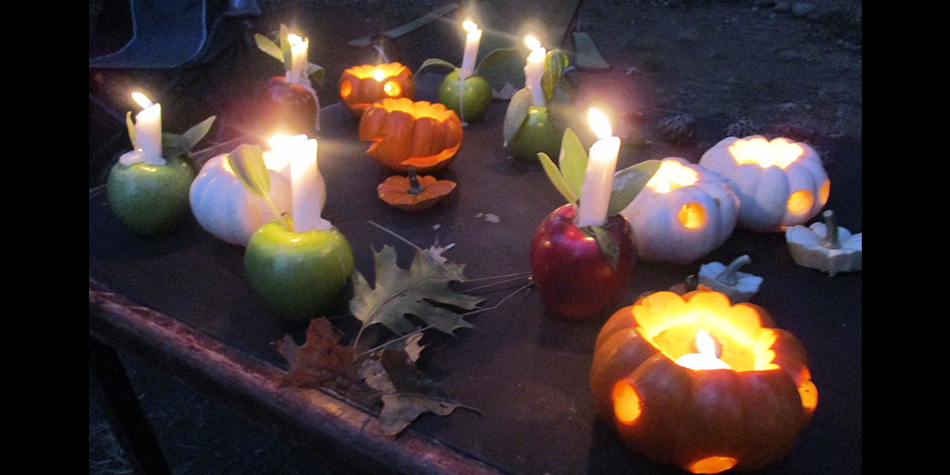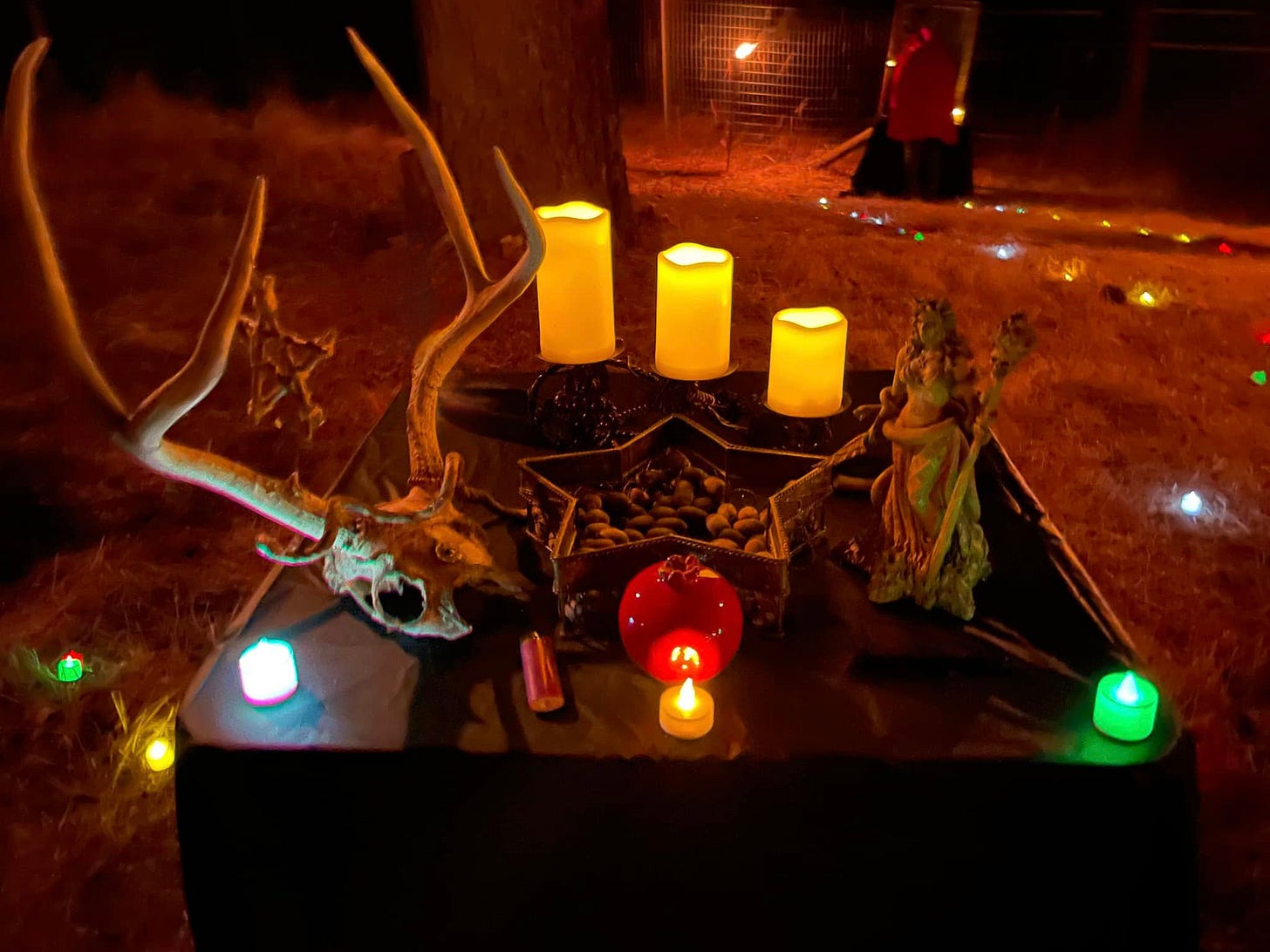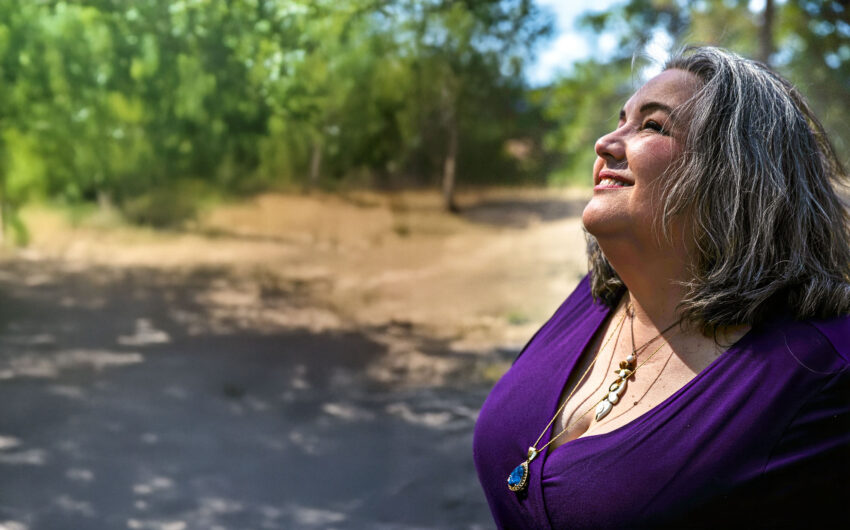
By Katrina Rasbold
As the last leaves fall and the year’s light wanes, the veil between the worlds thins. Samhain (pronounced SOW-in or SAH-win), one of the four great fire festivals of the Celtic calendar, stands as the final spoke on the Wheel of the Year. It is both an ending and a beginning—a time when the harvest is complete, and the dark half of the year begins.
Ancient Origins: The Final Harvest
Historically, Samhain marked the end of the agricultural cycle in ancient Celtic lands. Cattle were brought down from summer pastures, and weaker animals were culled to sustain the tribe through winter. Fires were extinguished and rekindled from communal bonfires, symbolizing renewal and shared survival. This was not only a practical observance but a deeply spiritual one, celebrating death as a natural complement to life.
To the ancient Celts, the night of Samhain was a liminal moment—a doorway between worlds. Spirits of ancestors were believed to visit their living kin, seeking warmth, food, and remembrance. People left offerings of food and drink outside their doors or on their hearths to honor the dead and ensure blessings for the coming year.
From Samhain to Halloween
With the spread of Christianity, Samhain blended with All Saints’ Day (November 1) and All Souls’ Day (November 2). The eve before became All Hallows’ Eve, later Halloween. The ancient customs of dressing up, lighting lanterns, and leaving offerings transformed into trick-or-treating and jack-o’-lanterns, yet the echo of Samhain’s mystery remains.
While modern Halloween focuses on costumes and candy, Neopagans and Wiccans have revived Samhain’s spiritual heart—honoring ancestors, communing with spirits, and acknowledging the cyclical nature of life and death.

Samhain in Contemporary Neopagan Practice
For modern Neopagans, Wiccans, and Druids, Samhain is one of the eight Sabbats on the Wheel of the Year. It is celebrated as a spiritual new year, a time of introspection, transformation, and ancestral connection.
Common practices include:
- 🕯️ Ancestral Altars: Devotees create altars adorned with photos, heirlooms, candles, apples, and autumn leaves, inviting their beloved dead to visit.
- 🔥 Bonfires and Ritual Circles: Fire remains a central symbol, representing both death’s cleansing power and the spark of rebirth.
- 🍎 Dumb Suppers: Silent meals are held in honor of departed loved ones, with places set for spirits to dine alongside the living.
- 🗝️ Divination: Tarot, scrying mirrors, pendulums, and runes are often used, as Samhain’s liminal energy enhances intuitive work. (You can order a card reading during this magical time at www.crossroadsoccult.net.)
- 🌑 Reflection and Release: Many practitioners use this night for personal shadow work—releasing grief, habits, or fears—making space for renewal in the year ahead.
The Spirit of the Season
At its heart, Samhain reminds us that death is not an end but a passage. It invites us to honor the ancestors who shaped us and to face the dark with reverence rather than fear. As the earth turns inward and the nights grow long, Samhain teaches that wisdom sleeps in the soil of endings, waiting to bloom again with the returning light. Samhain takes us from the Light of the Year into the Dark of the Year, from the outwardly active to the inwardly introspective.
A Blessing for Samhain
May the veils part gently,
and the spirits of love draw near.
May the harvest of your heart be full,
and the coming dark bring peace, not fear.
I wish a happy, blessed Samhain and a gentle shift into the Dark of the Year to all of you.
You can find Katrina at her website:
